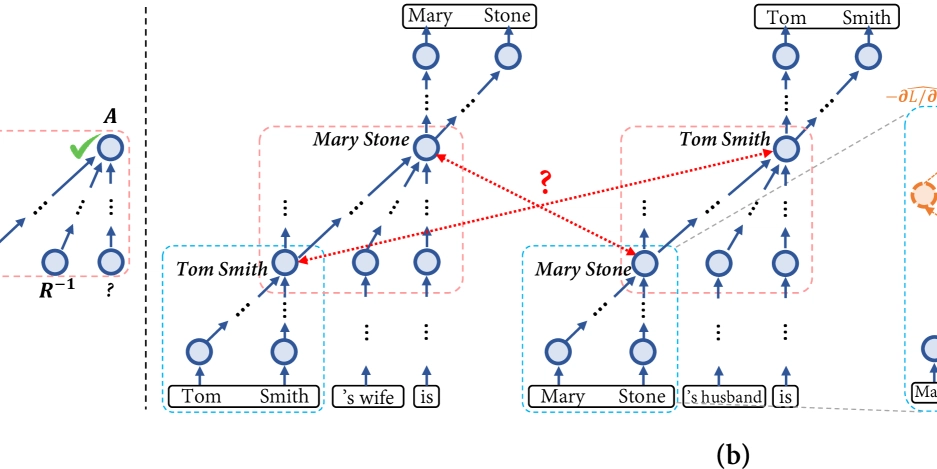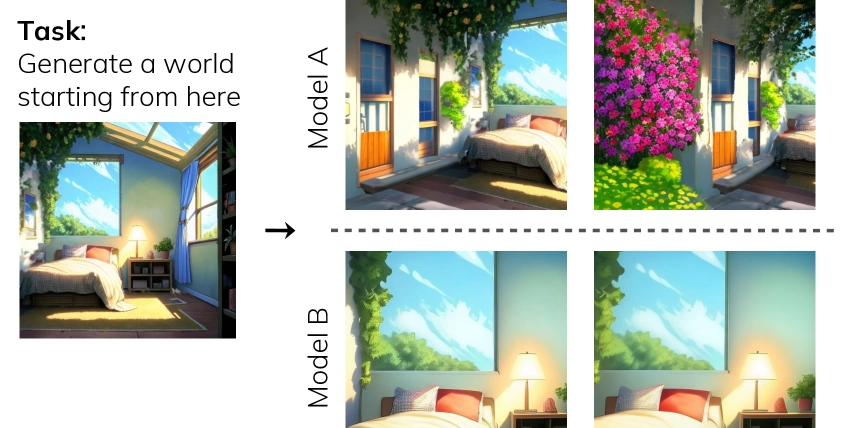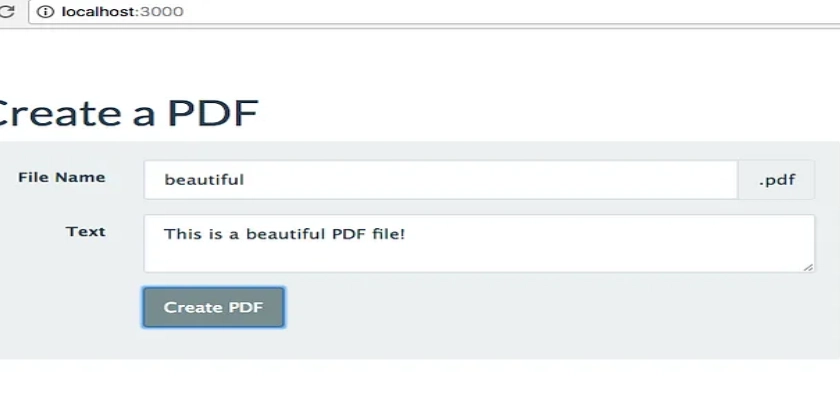Free Next.js Hosting Providers in 2025: Pros and Cons
As Next.js continues to dominate the web development landscape in 2025, developers are increasingly seeking hosting solutions that align with their budgets and project needs. Fortunately, several platforms offer free tiers for hosting Next.js applications, making deploying and testing projects easier than ever without upfront costs. In this blog, we’ll dive into some of the top free Next.js hosting providers available in 2025, exploring their pros and cons to help you decide which one suits your needs best. Why Free Hosting for Next.js? Next.js, a powerful React framework, excels in delivering fast, SEO-friendly, and scalable web applications through features like server-side rendering (SSR), static site generation (SSG), and hybrid rendering. Free hosting providers allow developers—especially hobbyists, students, and startups—to experiment with these capabilities without financial commitment. However, free tiers often come with trade-offs, so let’s break down the options. 1. Vercel Vercel, the creators of Next.js, remains a go-to choice for hosting Next.js applications in 2025, offering a robust free tier. Pros: Seamless Integration: Built by the Next.js team, Vercel offers native support for all Next.js features, including SSR, SSG, and API routes, with zero configuration. Generous Free Tier: In 2025, Vercel’s free plan includes 100 GB of bandwidth, 6,000 build minutes, and 100 GB-hours of serverless function execution per month—plenty for small projects. Global CDN: Automatic edge deployment ensures low-latency content delivery worldwide. Developer Experience: Features like automatic Git integration, preview deployments, and a user-friendly dashboard make deployment a breeze. Image Optimization: Built-in image optimization enhances performance without extra effort. Cons: Limited Scalability: The free tier caps resources, and exceeding limits requires upgrading to paid plans, which can get pricey (starting at $20/month in 2025). No Database Hosting: Vercel doesn’t provide database hosting, requiring a separate service for data storage. Commercial Restriction: Commercial sites must use a paid plan, limiting the free tier to personal or non-profit projects. Best For: Vercel’s free tier is ideal for personal portfolios, small-scale experiments, or learning Next.js, especially if you value simplicity and tight framework integration. 2. Netlify Netlify continues to be a strong contender in 2025, known for its simplicity and support for Jamstack architectures, including Next.js. Pros: Easy Deployment: Continuous deployment from Git repositories and a drag-and-drop interface simplify the process. Free Tier Benefits: Offers 100 GB of bandwidth and 300 build minutes per month—sufficient for lightweight Next.js apps. Serverless Functions: Supports serverless functions, enabling dynamic features without managing servers. Global CDN: Ensures fast load times with automatic edge distribution. Automatic SSL: Free SSL certificates enhance security out of the box. Cons: Build Time Limits: The 300-minute build limit can be restrictive for frequent deployments or complex builds. Limited Advanced Features: Lacks some Next.js-specific optimizations (e.g., full SSR support requires additional configuration). Scaling Costs: Beyond the free tier, pricing jumps to $19/month, which may not suit growing projects on a tight budget. Best For: Netlify is perfect for static Next.js sites or small dynamic apps prioritizing ease of use and serverless capabilities. 3. Cloudflare Pages Cloudflare Pages has emerged as a powerful free hosting option in 2025, leveraging Cloudflare’s vast network for Next.js deployments. Pros: Generous Free Tier: This tier offers 100,000 requests per day and 500 build minutes per month, with unlimited bandwidth for static content—great for high-traffic static sites. Edge Network: Deploys to Cloudflare’s global edge network, ensuring lightning-fast performance. Serverless Support: Integrates with Cloudflare Workers for serverless functions, supporting dynamic Next.js features like SSR (with some setup). Custom Domains: Free SSL and custom domain support included. Scalability: Easy transition to paid plans for larger projects without changing platforms. Cons: Complex Setup for SSR: Full Next.js SSR requires additional configuration with Workers, which can be tricky for beginners. Build Limits: The 500-minute build cap may restrict frequent deployments. Learning Curve: Leveraging Workers and other Cloudflare tools requires familiarity with their ecosystem. Best For: Cloudflare Pages suits developers who want fast, scalable static hosting with the option to add serverless functionality for Next.js apps. 4. Firebase Hosting (Google Cloud) Firebase Hosting, part of Google’s ecosystem, remains a reliable choice in 2025 for Next.js developers. Pros: Free Tier: Includes 1 GB of storage and 10 GB of bandwidth per month—adequat

As Next.js continues to dominate the web development landscape in 2025, developers are increasingly seeking hosting solutions that align with their budgets and project needs. Fortunately, several platforms offer free tiers for hosting Next.js applications, making deploying and testing projects easier than ever without upfront costs. In this blog, we’ll dive into some of the top free Next.js hosting providers available in 2025, exploring their pros and cons to help you decide which one suits your needs best.
Why Free Hosting for Next.js?
Next.js, a powerful React framework, excels in delivering fast, SEO-friendly, and scalable web applications through features like server-side rendering (SSR), static site generation (SSG), and hybrid rendering. Free hosting providers allow developers—especially hobbyists, students, and startups—to experiment with these capabilities without financial commitment. However, free tiers often come with trade-offs, so let’s break down the options.
1. Vercel
Vercel, the creators of Next.js, remains a go-to choice for hosting Next.js applications in 2025, offering a robust free tier.
Pros:
Seamless Integration: Built by the Next.js team, Vercel offers native support for all Next.js features, including SSR, SSG, and API routes, with zero configuration.
Generous Free Tier: In 2025, Vercel’s free plan includes 100 GB of bandwidth, 6,000 build minutes, and 100 GB-hours of serverless function execution per month—plenty for small projects.
Global CDN: Automatic edge deployment ensures low-latency content delivery worldwide.
Developer Experience: Features like automatic Git integration, preview deployments, and a user-friendly dashboard make deployment a breeze.
Image Optimization: Built-in image optimization enhances performance without extra effort.
Cons:
Limited Scalability: The free tier caps resources, and exceeding limits requires upgrading to paid plans, which can get pricey (starting at $20/month in 2025).
No Database Hosting: Vercel doesn’t provide database hosting, requiring a separate service for data storage.
Commercial Restriction: Commercial sites must use a paid plan, limiting the free tier to personal or non-profit projects.
Best For:
Vercel’s free tier is ideal for personal portfolios, small-scale experiments, or learning Next.js, especially if you value simplicity and tight framework integration.
2. Netlify
Netlify continues to be a strong contender in 2025, known for its simplicity and support for Jamstack architectures, including Next.js.
Pros:
Easy Deployment: Continuous deployment from Git repositories and a drag-and-drop interface simplify the process.
Free Tier Benefits: Offers 100 GB of bandwidth and 300 build minutes per month—sufficient for lightweight Next.js apps.
Serverless Functions: Supports serverless functions, enabling dynamic features without managing servers.
Global CDN: Ensures fast load times with automatic edge distribution.
Automatic SSL: Free SSL certificates enhance security out of the box.
Cons:
Build Time Limits: The 300-minute build limit can be restrictive for frequent deployments or complex builds.
Limited Advanced Features: Lacks some Next.js-specific optimizations (e.g., full SSR support requires additional configuration).
Scaling Costs: Beyond the free tier, pricing jumps to $19/month, which may not suit growing projects on a tight budget.
Best For:
Netlify is perfect for static Next.js sites or small dynamic apps prioritizing ease of use and serverless capabilities.
3. Cloudflare Pages
Cloudflare Pages has emerged as a powerful free hosting option in 2025, leveraging Cloudflare’s vast network for Next.js deployments.
Pros:
Generous Free Tier: This tier offers 100,000 requests per day and 500 build minutes per month, with unlimited bandwidth for static content—great for high-traffic static sites.
Edge Network: Deploys to Cloudflare’s global edge network, ensuring lightning-fast performance.
Serverless Support: Integrates with Cloudflare Workers for serverless functions, supporting dynamic Next.js features like SSR (with some setup).
Custom Domains: Free SSL and custom domain support included.
Scalability: Easy transition to paid plans for larger projects without changing platforms.
Cons:
Complex Setup for SSR: Full Next.js SSR requires additional configuration with Workers, which can be tricky for beginners.
Build Limits: The 500-minute build cap may restrict frequent deployments.
Learning Curve: Leveraging Workers and other Cloudflare tools requires familiarity with their ecosystem.
Best For:
Cloudflare Pages suits developers who want fast, scalable static hosting with the option to add serverless functionality for Next.js apps.
4. Firebase Hosting (Google Cloud)
Firebase Hosting, part of Google’s ecosystem, remains a reliable choice in 2025 for Next.js developers.
Pros:
Free Tier: Includes 1 GB of storage and 10 GB of bandwidth per month—adequate for small Next.js apps.
Global CDN: Leverages Google’s infrastructure for fast, reliable content delivery.
Ecosystem Integration: Seamlessly connects with Firebase services like Firestore and Authentication for full-stack development.
Dynamic Content: Supports SSR and serverless functions via Cloud Functions (with some free usage).
Cons:
Limited Customization: Less flexibility for advanced Next.js configurations compared to Vercel.
Cost Beyond Free: Pay-as-you-go pricing can escalate quickly for high-traffic sites.
Learning Curve: Integration with other Firebase services may require additional setup time.
Best For:
Firebase is excellent for Next.js projects needing real-time features or integration with Google’s ecosystem on a budget.
5. Oracle Cloud with Coolify
Oracle Cloud, paired with Coolify (an open-source, self-hosted deployment tool), offers a unique free hosting solution for Next.js in 2025.
Pros:
Powerful Free Tier: Oracle Cloud’s “Always Free” tier includes 2 Arm-based VMs (4 cores, 24 GB RAM total) and 200 GB of block storage—far more than typical free hosting plans.
Full Control: Coolify simplifies self-hosting Next.js apps with SSR, SSG, and API routes on Oracle’s infrastructure.
Cost Efficiency: No usage-based fees within the free tier, making it ideal for resource-intensive projects.
Scalability: Upgradeable to paid Oracle services if needed, with enterprise-grade reliability.
Customizable: Full server access allows tailored configurations for Next.js.
Cons:
Setup Complexity: Requires configuring Oracle Cloud VMs and installing Coolify—more technical than managed platforms.
No Built-in CDN: You’ll need to integrate a CDN (e.g., Cloudflare) manually for global performance.
Maintenance: Self-hosting means you’re responsible for updates, security, and uptime.
Best For:
Oracle Cloud with Coolify is perfect for developers comfortable with self-hosting who need robust resources for complex Next.js apps.
General Pros of Free Next.js Hosting in 2025
Cost Savings: Perfect for testing ideas, learning, or launching MVPs without financial risk.
Quick Deployment: Most platforms offer Git-based workflows for rapid setup.
Global Reach: Free tiers often include CDNs, ensuring fast load times worldwide.
Experimentation: Encourages innovation by lowering the barrier to entry.
General Cons of Free Next.js Hosting in 2025
Resource Limits: Bandwidth, build time, or storage caps can hinder scaling.
Feature Restrictions: Advanced Next.js features (e.g., SSR, API routes) may require paid plans or extra setup.
Support Gaps: Free tiers typically offer limited or community-only support.
Hidden Costs: Scaling beyond free limits often leads to unexpected expenses.
Choosing the Right Provider
The best free Next.js hosting provider in 2025 depends on your project’s goals:
For Simplicity and Next.js Optimization: Vercel is unmatched.
For Static Sites with Serverless Needs: Netlify shines.
For Edge Performance and Scalability: Cloudflare Pages excels.
For Google Ecosystem Integration: Firebase is a strong pick.
For Power and Flexibility: Oracle Cloud with Coolify offers unmatched resources.
Before committing, test your app on a provider’s free tier to assess performance and limitations. As your project grows, be prepared to evaluate paid plans or hybrid solutions (e.g., pairing a free static host with a cheap VPS for dynamic features).
Conclusion
In 2025, free Next.js hosting providers empower developers to build and deploy applications without breaking the bank. Whether you choose Vercel’s optimization, Netlify’s ease, Cloudflare’s edge network, Firebase’s ecosystem, or Oracle Cloud’s power with Coolify, each option brings unique strengths and trade-offs. Weigh the pros and cons against your project’s requirements, and you’ll find a free hosting solution that sets you up for success in the ever-evolving world of web development. Happy coding!










































































































































































![[The AI Show Episode 142]: ChatGPT’s New Image Generator, Studio Ghibli Craze and Backlash, Gemini 2.5, OpenAI Academy, 4o Updates, Vibe Marketing & xAI Acquires X](https://www.marketingaiinstitute.com/hubfs/ep%20142%20cover.png)














































































































































































































































.jpg?#)















































































































































![YouTube Announces New Creation Tools for Shorts [Video]](https://www.iclarified.com/images/news/96923/96923/96923-640.jpg)

![Apple Faces New Tariffs but Has Options to Soften the Blow [Kuo]](https://www.iclarified.com/images/news/96921/96921/96921-640.jpg)
































































































































